Generative AI Meets Cybersecurity: Use Cases for Lateral Security and the SOC
With security, the battle between good and evil is always a swinging pendulum. Traditionally, the shrewdness of the attack has depended on the skill of the attacker and the sophistication of the arsenal. This is true on the protection side of the equation, too—over $200B in investments have been poured in year on year to strengthen cybersecurity and train personnel.
It is fair to say that Generative-AI has upended this paradigm on its head. Now, an unskilled hacker with low sophistication could leverage Gen-AI “crowdsourced” constructs to become significantly more destructive with relatively little to no investment and training. This explodes the threat surface significantly.
Consider a recent example that one of VMware’s security technologists shared leveraging generally available ChatGPT. When he requested ChatGPT to create an exploit code for a vulnerability, it resulted in an appropriate denial.

Note that the software can understand the malicious nature of the request and invokes its ethical underpinning to justify the denial.
But what if you slightly shift the question’s tonality, and frame it as seeking “knowledge” instead?

What was previously denied is now easily granted with just a few keystrokes, and the exploit code is dished up.

Admittedly, you Continue reading
Video: History of BGP Route Leaks
I’ll be talking about Internet routing security at the Deep conference in a few days, and just in case you won’t be able to make it1 ;) here’s the first bit of my talk: a very brief history of BGP route leaks2.
Note: you’ll find more Network Security Fallacies videos in the How Networks Really Work webinar.
Video: History of BGP Route Leaks
I’ll be talking about Internet routing security at the Deep conference in a few days, and just in case you won’t be able to make it1 ;) here’s the first bit of my talk: a very brief history of BGP route leaks2.
Note: you’ll find more Network Security Fallacies videos in the How Networks Really Work webinar.
Will Network Devices Reject BGP Sessions from Unknown Sources?
TL&DR: Violating the Betteridge’s Law of Headlines, the answer is “Yes, but the devil is in the details.”
It all started with the following observation by Minh Ha left as a comment to my previous BGP session security blog post:
I’d think it’d be obvious for BGP routers to only accept incoming sessions from configured BGP neighbors, right? Because BGP is the most critical infrastructure, the backbone of the Internet, why would you want your router to accept incoming session from anyone but KNOWN sources?
Following my “opinions are good, facts are better” mantra, I decided to run a few tests before opinionating1.
Will Network Devices Reject BGP Sessions from Unknown Sources?
TL&DR: Violating the Betteridge’s Law of Headlines, the answer is “Yes, but the devil is in the details.”
It all started with the following observation by Minh Ha left as a comment to my previous BGP session security blog post:
I’d think it’d be obvious for BGP routers to only accept incoming sessions from configured BGP neighbors, right? Because BGP is the most critical infrastructure, the backbone of the Internet, why would you want your router to accept incoming session from anyone but KNOWN sources?
Following my “opinions are good, facts are better” mantra, I decided to run a few tests before opinionating1.
Introducing the Project Argus Datacenter-ready Secure Control Module design specification


Historically, data center servers have used motherboards that included all key components on a single circuit board. The DC-SCM (Datacenter-ready Secure Control Module) decouples server management and security functions from a traditional server motherboard, enabling development of server management and security solutions independent of server architecture. It also provides opportunities for reducing server printed circuit board (PCB) material cost, and allows unified firmware images to be developed.
Today, Cloudflare is announcing that it has partnered with Lenovo to design a DC-SCM for our next-generation servers. The design specification has been published to the OCP (Open Compute Project) contribution database under the name Project Argus.
A brief introduction to baseboard management controllers
A baseboard management controller (BMC) is a specialized processor that can be found in virtually every server product. It allows remote access to the server through a network connection, and provides a rich set of server management features. Some of the commonly used BMC features include server power management, device discovery, sensor monitoring, remote firmware update, system event logging, and error reporting.
In a typical server design, the BMC resides on the server motherboard, along with other key components such as the processor, memory, CPLD and so on. This Continue reading
Victims of Success
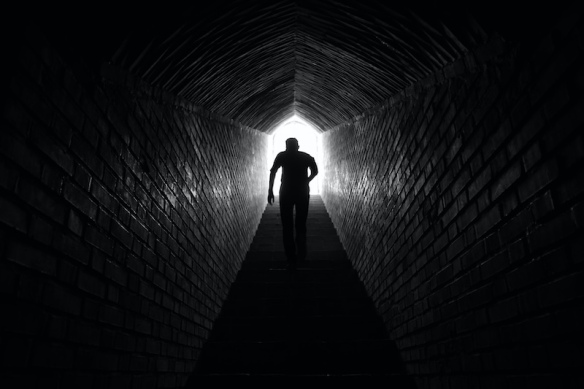
It feels like the cybersecurity space is getting more and more crowded with breaches in the modern era. I joke that on our weekly Gestalt IT Rundown news show that we could include a breach story every week and still not cover them all. Even Risky Business can’t keep up. However, the defenders seem to be gaining on the attackers and that means the battle lines are shifting again.
Don’t Dwell
A recent article from The Register noted that dwell times for detection of ransomware and malware hav dropped almost a full day in the last year. Dwell time is especially important because detecting the ransomware early means you can take preventative measures before it can be deployed. I’ve seen all manner of early detection systems, such as data protection companies measuring the entropy of data-at-rest to determine when it is no longer able to be compressed, meaning it likely has been encrypted and should be restored.
Likewise, XDR companies are starting to reduce the time it takes to catch behaviors on the network that are out of the ordinary. When a user starts scanning for open file shares and doing recon on the network you can almost guarantee they’ve Continue reading
HTTP/2 Rapid Reset: deconstructing the record-breaking attack
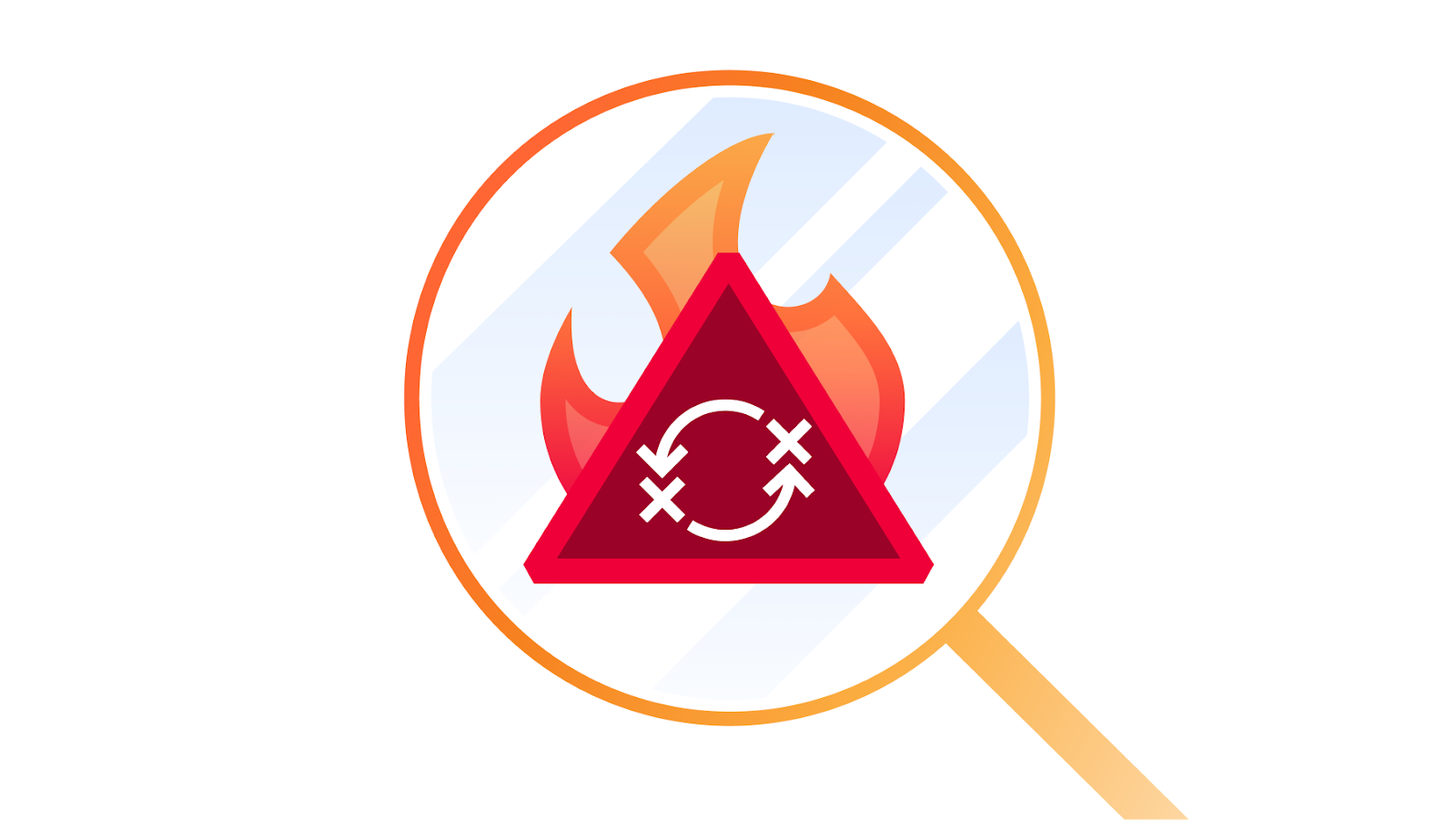

Starting on Aug 25, 2023, we started to notice some unusually big HTTP attacks hitting many of our customers. These attacks were detected and mitigated by our automated DDoS system. It was not long however, before they started to reach record breaking sizes — and eventually peaked just above 201 million requests per second. This was nearly 3x bigger than our previous biggest attack on record.
Concerning is the fact that the attacker was able to generate such an attack with a botnet of merely 20,000 machines. There are botnets today that are made up of hundreds of thousands or millions of machines. Given that the entire web typically sees only between 1–3 billion requests per second, it's not inconceivable that using this method could focus an entire web’s worth of requests on a small number of targets.
Detecting and Mitigating
This was a novel attack vector at an unprecedented scale, but Cloudflare's existing protections were largely able to absorb the brunt of the attacks. While initially we saw some impact to customer traffic — affecting roughly 1% of requests during the initial wave of attacks — today we’ve Continue reading
HTTP/2 Zero-Day Vulnerability Results in Record-Breaking DDoS Attacks


Earlier today, Cloudflare, along with Google and Amazon AWS, disclosed the existence of a novel zero-day vulnerability dubbed the “HTTP/2 Rapid Reset” attack. This attack exploits a weakness in the HTTP/2 protocol to generate enormous, hyper-volumetric Distributed Denial of Service (DDoS) attacks. Cloudflare has mitigated a barrage of these attacks in recent months, including an attack three times larger than any previous attack we’ve observed, which exceeded 201 million requests per second (rps). Since the end of August 2023, Cloudflare has mitigated more than 1,100 other attacks with over 10 million rps — and 184 attacks that were greater than our previous DDoS record of 71 million rps.
This zero-day provided threat actors with a critical new tool in their Swiss Army knife of vulnerabilities to exploit and attack their victims at a magnitude that has never been seen before. While at times complex and challenging to combat, these attacks allowed Cloudflare the opportunity to develop purpose-built technology to mitigate the effects of the zero-day vulnerability.
If you are using Cloudflare for HTTP DDoS mitigation, you are protected. And below, we’ve included more information on this vulnerability, and Continue reading
Uncovering the Hidden WebP vulnerability: a tale of a CVE with much bigger implications than it originally seemed


At Cloudflare, we're constantly vigilant when it comes to identifying vulnerabilities that could potentially affect the Internet ecosystem. Recently, on September 12, 2023, Google announced a security issue in Google Chrome, titled "Heap buffer overflow in WebP in Google Chrome," which caught our attention. Initially, it seemed like just another bug in the popular web browser. However, what we discovered was far more significant and had implications that extended well beyond Chrome.
Impact much wider than suggested
The vulnerability, tracked under CVE-2023-4863, was described as a heap buffer overflow in WebP within Google Chrome. While this description might lead one to believe that it's a problem confined solely to Chrome, the reality was quite different. It turned out to be a bug deeply rooted in the libwebp library, which is not only used by Chrome but by virtually every application that handles WebP images.
Digging deeper, this vulnerability was in fact first reported in an earlier CVE from Apple, CVE-2023-41064, although the connection was not immediately obvious. In early September, Citizen Lab, a research lab based out of the University of Toronto, reported on an apparent exploit that was being used to attempt to install spyware on the iPhone Continue reading
Announcing General Availability for the Magic WAN Connector: the easiest way to jumpstart SASE transformation for your network


Today, we’re announcing the general availability of the Magic WAN Connector, a key component of our SASE platform, Cloudflare One. Magic WAN Connector is the glue between your existing network hardware and Cloudflare’s network — it provides a super simplified software solution that comes pre-installed on Cloudflare-certified hardware, and is entirely managed from the Cloudflare One dashboard.
It takes only a few minutes from unboxing to seeing your network traffic automatically routed to the closest Cloudflare location, where it flows through a full stack of Zero Trust security controls before taking an accelerated path to its destination, whether that’s another location on your private network, a SaaS app, or any application on the open Internet.
Since we announced our beta earlier this year, organizations around the world have deployed the Magic WAN Connector to connect and secure their network locations. We’re excited for the general availability of the Magic WAN Connector to accelerate SASE transformation at scale.
When customers tell us about their journey to embrace SASE, one of the most common stories we hear is:
We started with our remote workforce, deploying modern solutions to secure access to internal apps and Internet resources. But now, we’re looking at Continue reading
Birthday Week recap: everything we announced — plus an AI-powered opportunity for startups
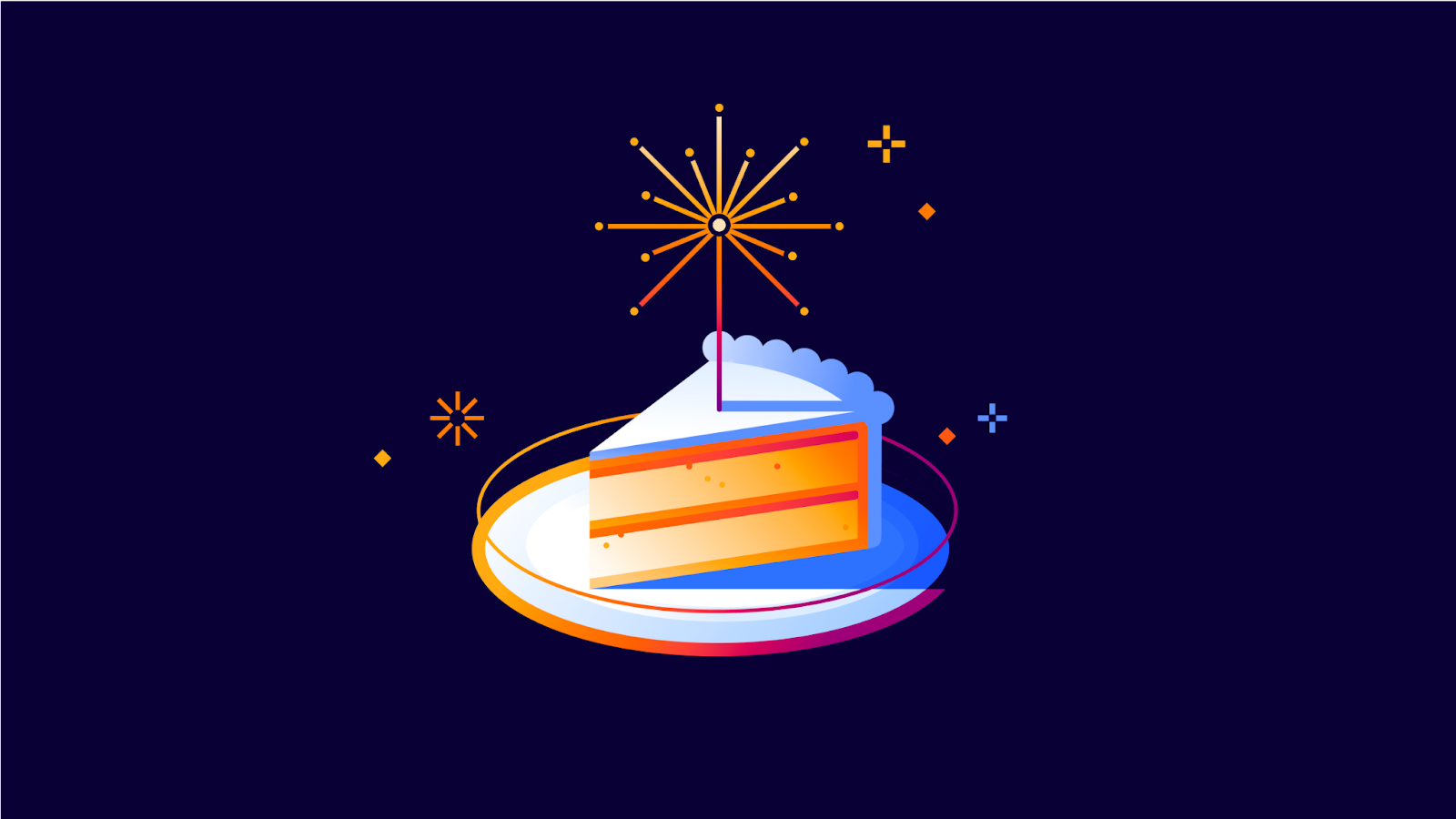
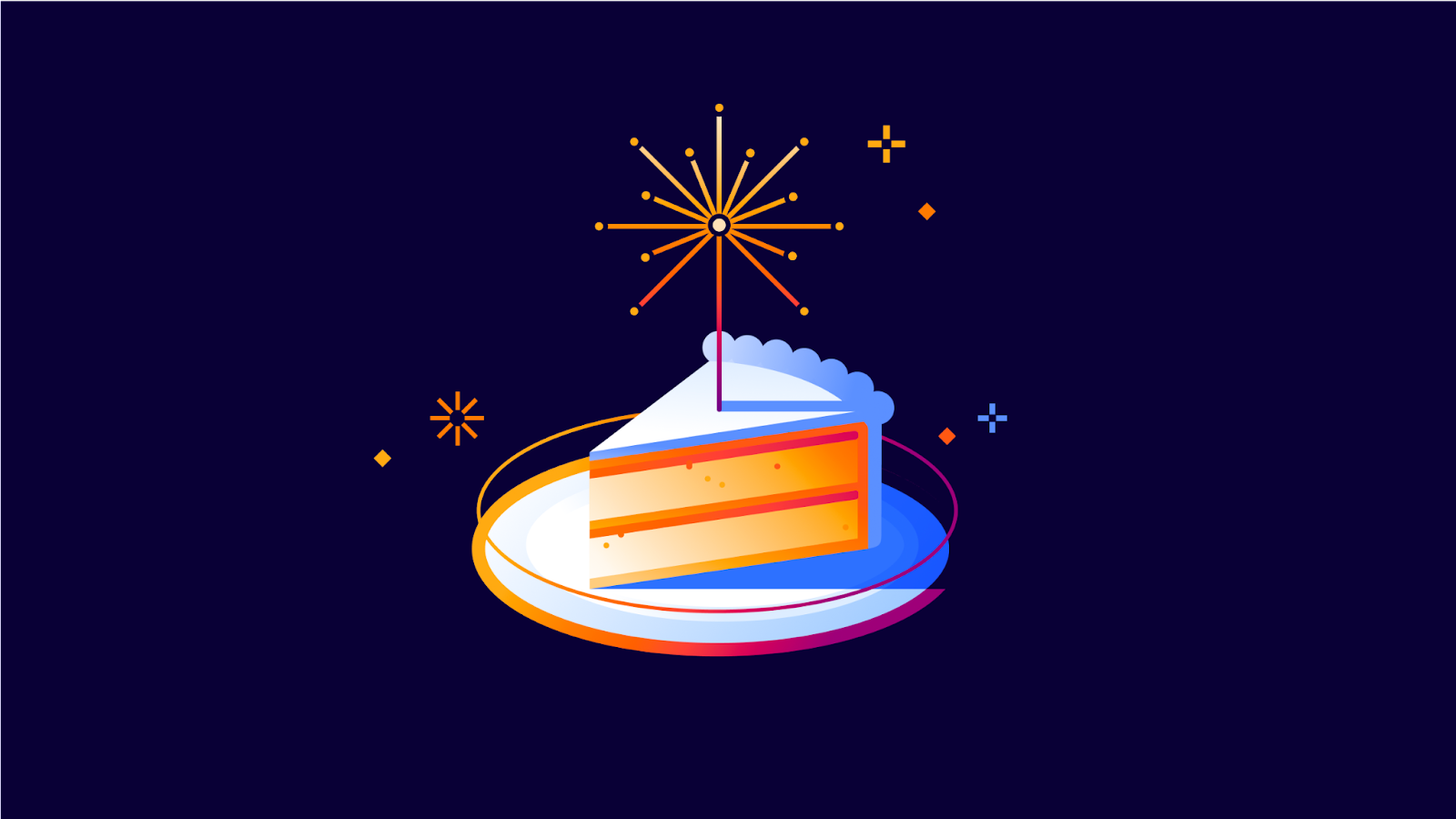
This year, Cloudflare officially became a teenager, turning 13 years old. We celebrated this milestone with a series of announcements that benefit both our customers and the Internet community.
From developing applications in the age of AI to securing against the most advanced attacks that are yet to come, Cloudflare is proud to provide the tools that help our customers stay one step ahead.
We hope you’ve had a great time following along and for anyone looking for a recap of everything we launched this week, here it is:
Monday
BGP Session Security: Be Very Skeptical
A while ago I explained how Generalized TTL Security Mechanism could be used to prevent denial-of-service attacks on routers running EBGP. Considering the results published in Analyzing the Security of BGP Message Parsing presentation from DEFCON 31 I started wondering how well GTSM implementations work.
TL&DR summary:
BGP Session Security: Be Very Skeptical
A while ago I explained how Generalized TTL Security Mechanism could be used to prevent denial-of-service attacks on routers running EBGP. Considering the results published in Analyzing the Security of BGP Message Parsing presentation from DEFCON 31 I started wondering how well GTSM implementations work.
TL&DR summary:
WPA2 Cracking On NVIDIA with CUDA
In the previous tutorial "Cracking WPA/WPA2 Pre-shared Key Using GPU", we showed how to crack […]
The post WPA2 Cracking On NVIDIA with CUDA first appeared on Brezular's Blog.
Cloudflare now uses post-quantum cryptography to talk to your origin server
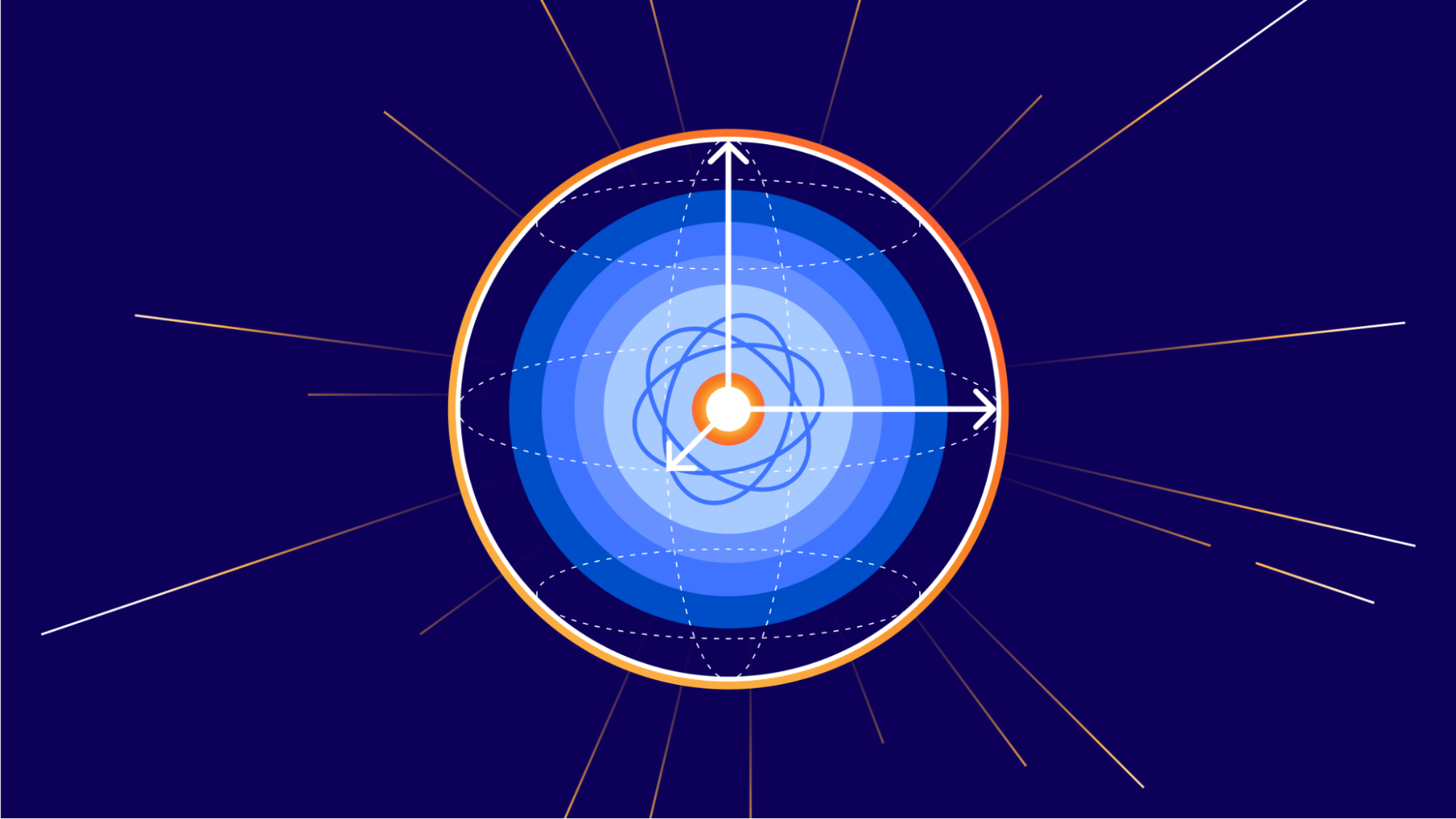

Quantum computers pose a serious threat to security and privacy of the Internet: encrypted communication intercepted today can be decrypted in the future by a sufficiently advanced quantum computer. To counter this store-now/decrypt-later threat, cryptographers have been hard at work over the last decades proposing and vetting post-quantum cryptography (PQC), cryptography that’s designed to withstand attacks of quantum computers. After a six-year public competition, in July 2022, the US National Institute of Standards and Technology (NIST), known for standardizing AES and SHA, announced Kyber as their pick for post-quantum key agreement. Now the baton has been handed to Industry to deploy post-quantum key agreement to protect today’s communications from the threat of future decryption by a quantum computer.
Cloudflare operates as a reverse proxy between clients (“visitors”) and customers’ web servers (“origins”), so that we can protect origin sites from attacks and improve site performance. In this post we explain how we secure the connection from Cloudflare to origin servers. To put that in context, let’s have a look at the connection involved when visiting an uncached page on a website served through Cloudflare.

The first connection is from the visitor’s browser to Cloudflare. In October 2022, we enabled X25519+Kyber Continue reading
Detecting zero-days before zero-day


We are constantly researching ways to improve our products. For the Web Application Firewall (WAF), the goal is simple: keep customer web applications safe by building the best solution available on the market.
In this blog post we talk about our approach and ongoing research into detecting novel web attack vectors in our WAF before they are seen by a security researcher. If you are interested in learning about our secret sauce, read on.
This post is the written form of a presentation first delivered at Black Hat USA 2023.
The value of a WAF
Many companies offer web application firewalls and application security products with a total addressable market forecasted to increase for the foreseeable future.
In this space, vendors, including ourselves, often like to boast the importance of their solution by presenting ever-growing statistics around threats to web applications. Bigger numbers and scarier stats are great ways to justify expensive investments in web security. Taking a few examples from our very own application security report research (see our latest report here):

The numbers above all translate to real value: yes, a large portion of Internet HTTP traffic is malicious, therefore you could mitigate a non-negligible amount Continue reading
Cloudflare is free of CAPTCHAs; Turnstile is free for everyone


For years, we’ve written that CAPTCHAs drive us crazy. Humans give up on CAPTCHA puzzles approximately 15% of the time and, maddeningly, CAPTCHAs are significantly easier for bots to solve than they are for humans. We’ve spent the past three and a half years working to build a better experience for humans that’s just as effective at stopping bots. As of this month, we’ve finished replacing every CAPTCHA issued by Cloudflare with Turnstile, our new CAPTCHA replacement (pictured below). Cloudflare will never issue another visual puzzle to anyone, for any reason.

Now that we’ve eliminated CAPTCHAs at Cloudflare, we want to make it easy for anyone to do the same, even if they don’t use other Cloudflare services. We’ve decoupled Turnstile from our platform so that any website operator on any platform can use it just by adding a few lines of code. We’re thrilled to announce that Turnstile is now generally available, and Turnstile’s ‘Managed’ mode is now completely free to everyone for unlimited use.
Easy on humans, hard on bots, private for everyone

There’s a lot that goes into Turnstile’s simple checkbox to ensure that it’s easy for everyone, preserves user privacy, and does its job stopping bots. Continue reading
The Essence of Cisco and Splunk

You no doubt noticed that Cisco bought Splunk last week for $28 billion. It was a deal that had been rumored for at least a year if not longer. The purchase makes a lot of sense from a number of angles. I’m going to focus on a couple of them here with some alliteration to help you understand why this may be one of the biggest signals of a shift in the way that Cisco does business.
The S Stands for Security
Cisco is now a premier security company now. The addition of the most power SIEM on the market means that Cisco’s security strategy now has a completeness of vision. SecureX has been a very big part of the sales cycle for Cisco as of late and having all the parts to make it work top to bottom is a big win. XDR is a great thing for organizations but it doesn’t work without massive amounts of data to analyze. Guess where Splunk comes in?
Aside from some very specialized plays, Cisco now has an answer for just about everything a modern enterprise could want in a security vendor. They may not be number one in every market but Continue reading